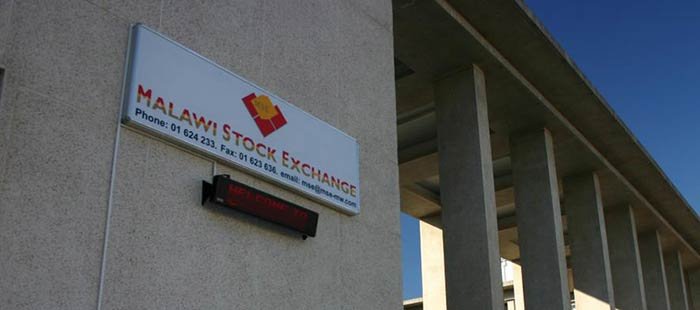Malawi's central bank cut its benchmark interest rate for the first time this year to boost economic activity, saying inflation and growth are expected to be lower this year than expected in July.
The Reserve Bank of Malawi (RBW) cut its policy rate by 150 basis points to 12.0 percent, its first rate cut this year though it lowered both its liquidity reserve requirement (LRR) and Lombard rate in April to boost liquidity in the banking system and lower the cost of funds to help those economic sectors that were affected by the spread of the COVID-19 pandemic.
It was also RBW's first rate cut since May 2019 and the cut extends the bank's monetary easing cycle that was begun four years ago in November 2016. Since then the rate has been cut 7 times by a total of 15 percentage points.
While RBW lowered its policy rate today, it maintained the LRR on domestic and foreign deposits at 3.75 percent and the Lombard rate at 20 basis points above the policy rate.
"In arriving at this decision, the Committee noted that headline inflation has been declining since January 2020 and the inflation outlook appears favorable," RBW said in a statement from Nov. 6, adding the decision was aimed at supporting the economic recovery and job creation.
Inflation in Malawi decelerated for the 9th consecutive month to 7.1 percent in September from 11.5 percent in December 2019 and the central bank projected it would average 8.6 percent this year and decline further next year.
In its previous policy statement from July, when it left the rate steady due to emerging risks to the path of inflation from food prices and the exchange rate, RBW forecast 2020 average inflation of 9.8 percent, up from 2019's 9.4 percent.
The outlook for the economy of land-locked Malawi has worsened with the accelerated spread of the coronavirus in the country, the International Monetary Fund (IMF) said in October after its executive board approved a second disbursement of funds (US$101.96 million) under the Rapid Credit Facility, bringing the total emergency support to US$193 million.
The additional IMF funds aim to meet the country's rising external financing gap and provide fiscal space to address critical spending needs, such as income support and food to the most vulnerable.
The country's manufacturing, tourism and accommodation, health services, wholesale and retail trade sectors remain the hardest hit and RBW lowered its forecast for economic growth this year to 1.2 percent from the July forecast of 1.9 percent, and down from 5.1 percent growth in 2019.
The bank added the country's trade deficit had risen to US$1.5 billion in the first 9 months of the year from a $1.1 billion deficit in the same period last year.
However, inward remittances, particularly from South Africa, had picked up in recent months to $52.5 million in the third quarter from $32.1 million in the second quarter as lock-down measures were eased.
Malawi's kwacha has been volatile in recent years and tumbled some 75 percent from May 2012 to May 2016, hit by a combination of aid suspension by the U.K. and other international donors, including the IMF, in response to poor governance and a sharp fall in the export of tobacco.
The fall in the kwacha triggered a jump in inflation, which soared to 38 percent in February 2013, and the central bank met the rise in inflation by raising its key rate by 14 percentage points from May 2012 to 27.0 percent by November 2015.
Since July 2016 the kwacha has been more stable though it has depreciated since the start of September and fell further following the rate cut to trade at 759.5 today, down 2.5 percent this year.




































